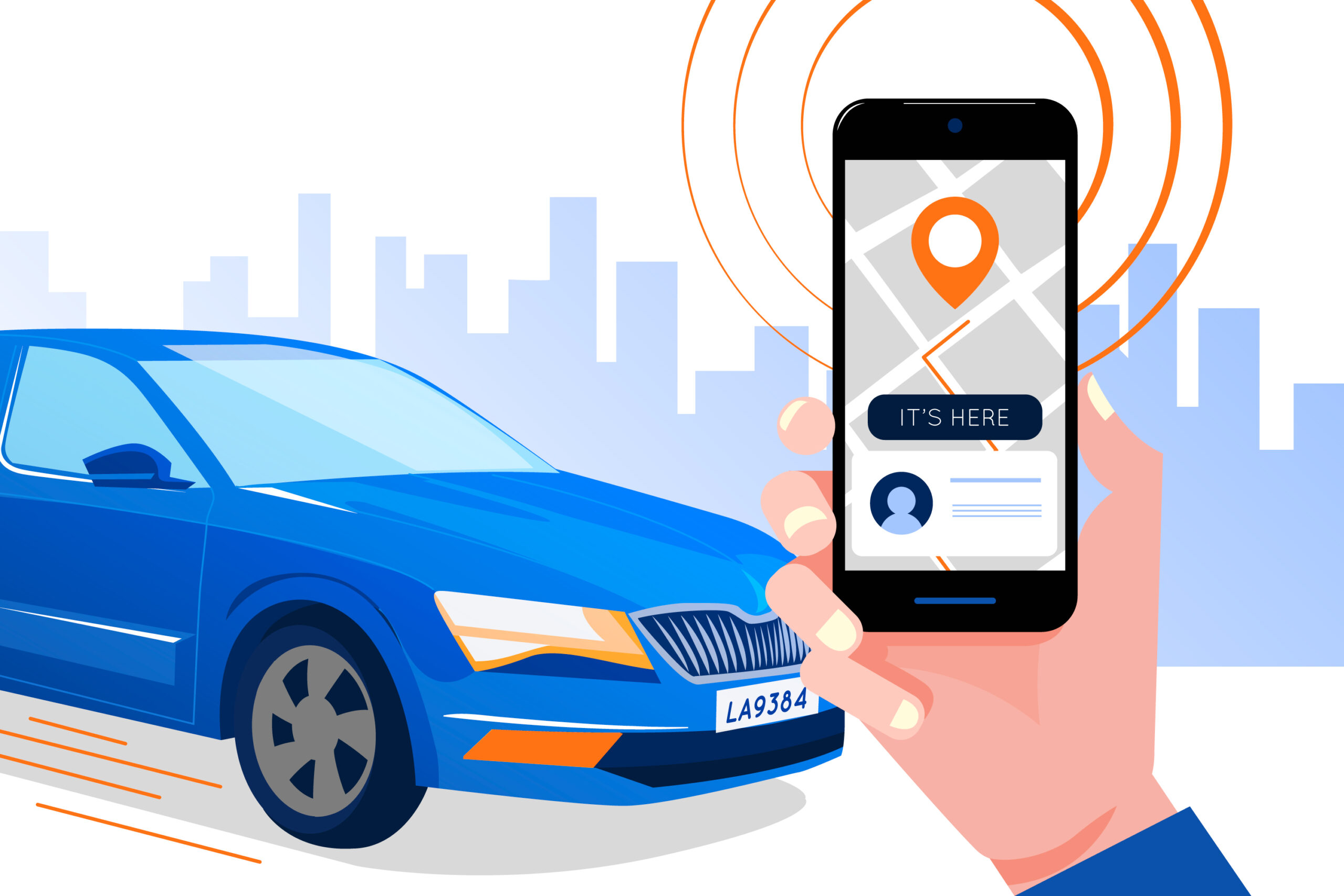
GPS vehicle tracking software uses Global Positioning System (GPS) technology to monitor and manage the location and movement of vehicles. This technology is widely adopted by businesses with fleets (e.g., logistics, delivery, construction, field services) and individuals for various purposes.
How it Works:
- GPS Device Installation: A GPS tracking device is installed in the vehicle. These devices can be “plug-and-play” (e.g., OBD-II port), hardwired, or even integrated into dashcams.
- Signal Reception: The device receives signals from multiple GPS satellites orbiting the Earth. By triangulating these signals, the device determines its precise location (latitude, longitude, elevation, and time).
- Data Collection: Beyond location, many devices collect additional data, such as speed, ignition status (on/off), engine diagnostics (fuel levels, temperature, faults), and driver behavior (harsh braking, rapid acceleration, idling).
- Data Transmission: The collected data is transmitted via cellular networks (GPRS, 3G, 4G LTE) to a central server, often cloud-based.
- Data Processing & Visualization: The software processes this raw data and presents it on an interactive map within a web or mobile application interface. This allows users to see real-time location, trip history, and other relevant metrics.
- Alerts & Reporting: Users can configure rules and alerts (e.g., geofence breaches, speeding, maintenance reminders). The software also generates detailed reports on fuel consumption, vehicle utilization, driver performance, and more.
Key Features of GPS Vehicle Tracking Software:
- Real-time Location Tracking: See the exact location of vehicles at any given time.
- Trip History & Playback: Review past routes, stops, and driving patterns.
- Geofencing: Create virtual boundaries and receive alerts when vehicles enter or exit designated areas.
- Driver Behavior Monitoring: Track speeding, idling, harsh braking, rapid acceleration, and adherence to rest schedules to promote safer and more efficient driving.
- Route Optimization: Suggests the most efficient routes based on real-time traffic data, saving time and fuel.
- Fuel Management: Monitor fuel consumption, detect fuel theft, and analyze consumption trends.
- Maintenance Management: Receive automated reminders for vehicle servicing, track repair histories, and manage parts inventory.
- Alerts & Notifications: Customizable alerts for various events (e.g., speeding, geofence violations, low battery, towing).
- Reporting & Analytics: Generate detailed reports on key metrics for data-driven decision-making.
- Integration: Seamless integration with other enterprise systems like ERP, CRM, and logistics management.
- Mobile Apps: Access to tracking data and features on smartphones and tablets.
Benefits for Businesses:
- Increased Efficiency & Productivity: Optimize routes, reduce downtime, and improve dispatching.
- Cost Reduction: Minimize fuel costs, reduce maintenance expenses, and prevent unauthorized vehicle use.
- Enhanced Safety & Security: Monitor driver behavior, reduce accident risks, and aid in vehicle theft recovery.
- Improved Customer Service: Provide accurate ETAs and respond quickly to customer inquiries.
- Compliance & Reporting: Simplify compliance with regulations (e.g., Hours of Service) and generate accurate reports for audits and internal reviews.
- Asset Protection: Monitor and protect valuable vehicles, equipment, and cargo.
- Better Communication: Facilitate seamless communication between management and field employees.
- Reduced Administrative Burden: Automate mileage tracking, billing, and reporting.
We provide an effective functional software for you don’t miss out it
